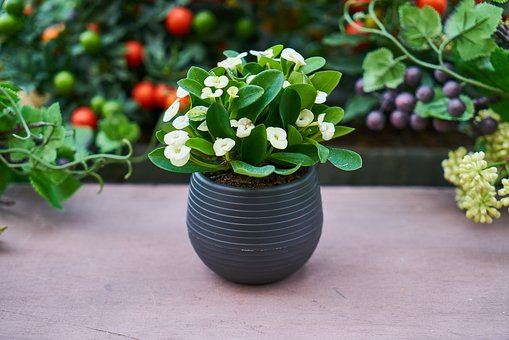
Indoor Gardening in Colder Climates
Outdoor gardening is sometimes not an option given the cold climate. If so, considering using the indoors to grow your favourite plants. Once you enjoy a salad made from fragrant herbs and leafy greens you grow at home, you’re never going to look back from indoor gardening.
The Ideal Location for An Indoor Garden
Picking a good location for your indoor garden is crucial. Windowsills are good if they have fairly constant temperatures, but seedlings grow stronger roots in soil that is consistently warm. Pick a place that’s away from the household traffic, drafts, and pets. The average room temperature also shouldn’t be much cooler than 15 or 16C, roughly 60F.
A cabinet that can accommodate lighting while giving you day and night temperature controls is ideal for doing an indoor garden.
Light Requirements
The following are a few facts that are good to know about plants as well as how they use light:
Wavelengths: Red and blue wavelengths prove the most useful for plants in terms of photosynthesis (more regarding photosynthesis). Plants reflect green wavelengths instead of using it, and that’s why they look green to human eyes (surely after all these years you remember that from your science classes).
Light Quality: Electric light just doesn’t have the same colour mixture that sunlight does. Cool and white fluorescent lights have too much blue and not enough red for very efficient photosynthesis. If you do use such lights, add some incandescent lights which are higher in the red wavelengths. Specially designed tubes that are high in both blue and red are on the market and used widely in greenhouses.

Light Intensity
Lights need to be 2 up to 4 inches above the tops of seedlings. Plants need from 12 up to 16 hours of total light each day. If they don’t get enough light, then seedlings are going to develop long and thin stems while they reach up for the light. Auto-timers can offer the routine of darkness and light which plants need.
Light Duration
The length of day is very crucial to whether plants flower or not. Because of this, plants typically get categorized as being day-neutral, long-day, or short-day. Generally speaking, long-day plants should flower when they get 12 hours of sunlight or more, short-day plants flower under 12 hours of light, and the day-neutral plants will flower at maturity.
Short-Day Plants
Popular short-day plants that flower with exposure to less than 12 daily hours of light include begonia, azaleas, kalanchoe, poinsettia, and chrysanthemums.
Long-Day Plants
Long-day plants that flower with more than 12 daily hours of light include bromegrass, rye-grass, fuchsia, sugar beet, dill, and spinach. If they don’t get enough sunlight, they might wind up long and lanky.
Day-Neutral Plants
Day-neutral plants that flower at maturity include African violet, coleus, geraniums, and foliage plants. These do well in any amount of available sunlight, and they include most fruit trees and tropical plants. Other day-neutral options that flower at maturity include dandelions, cucumber, corn, tomato, and some strawberries.